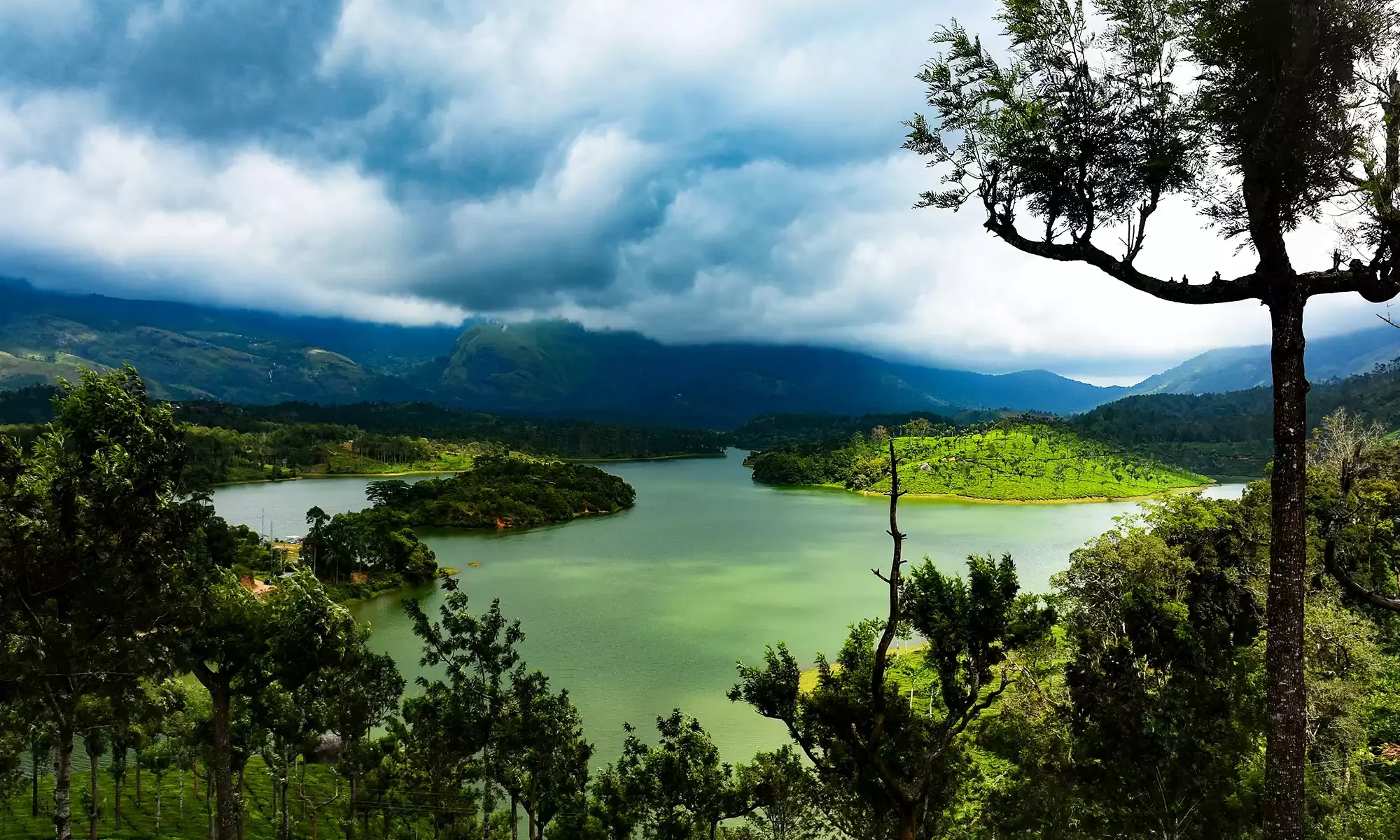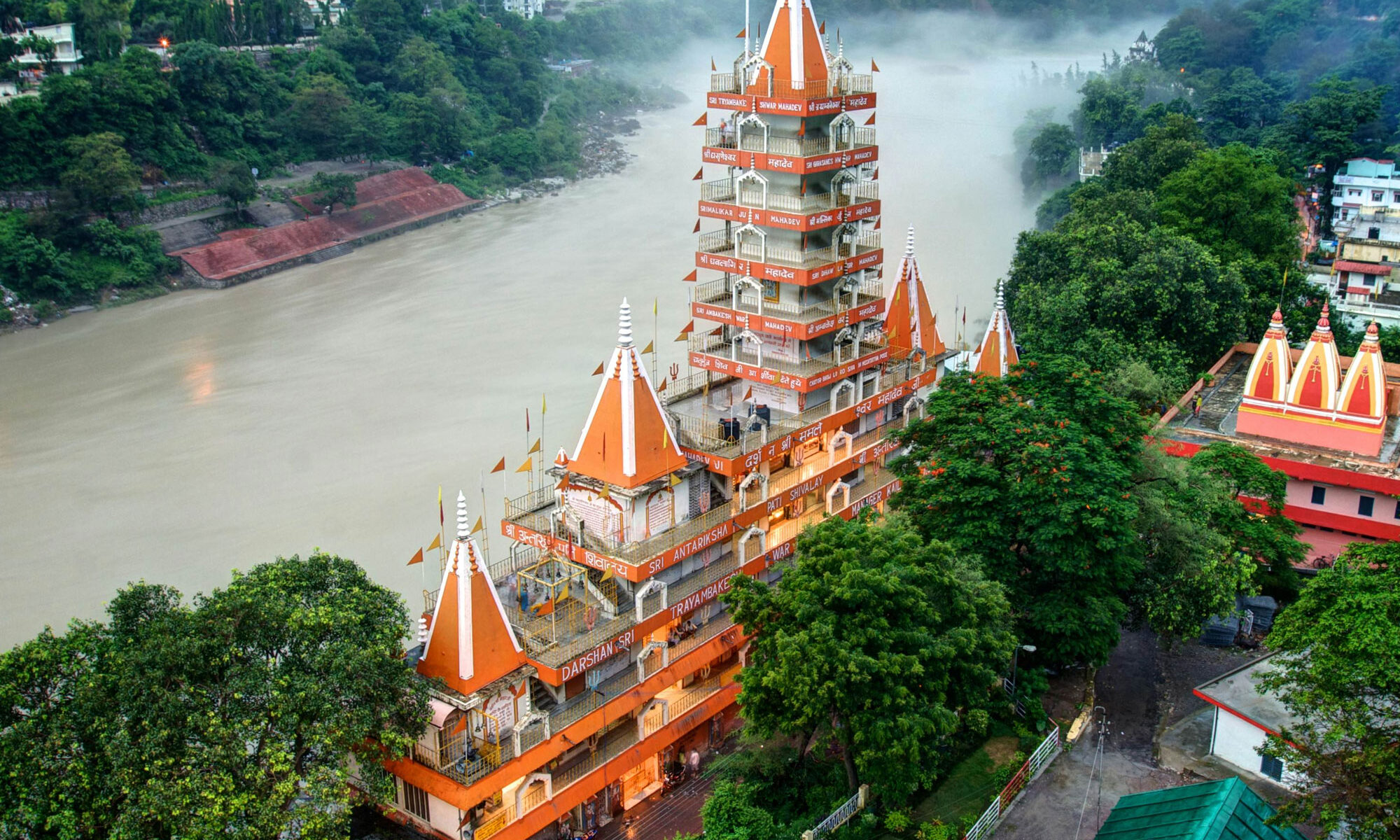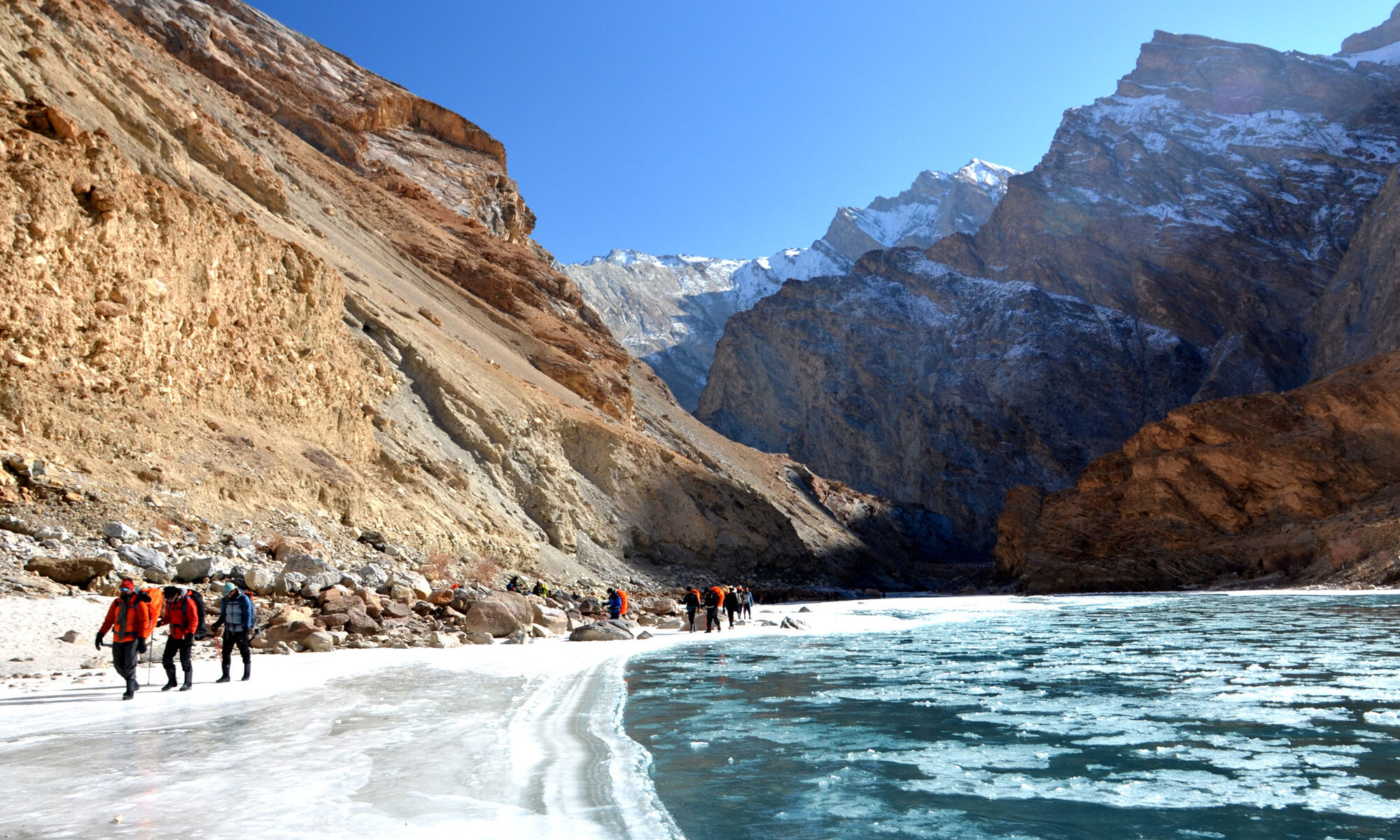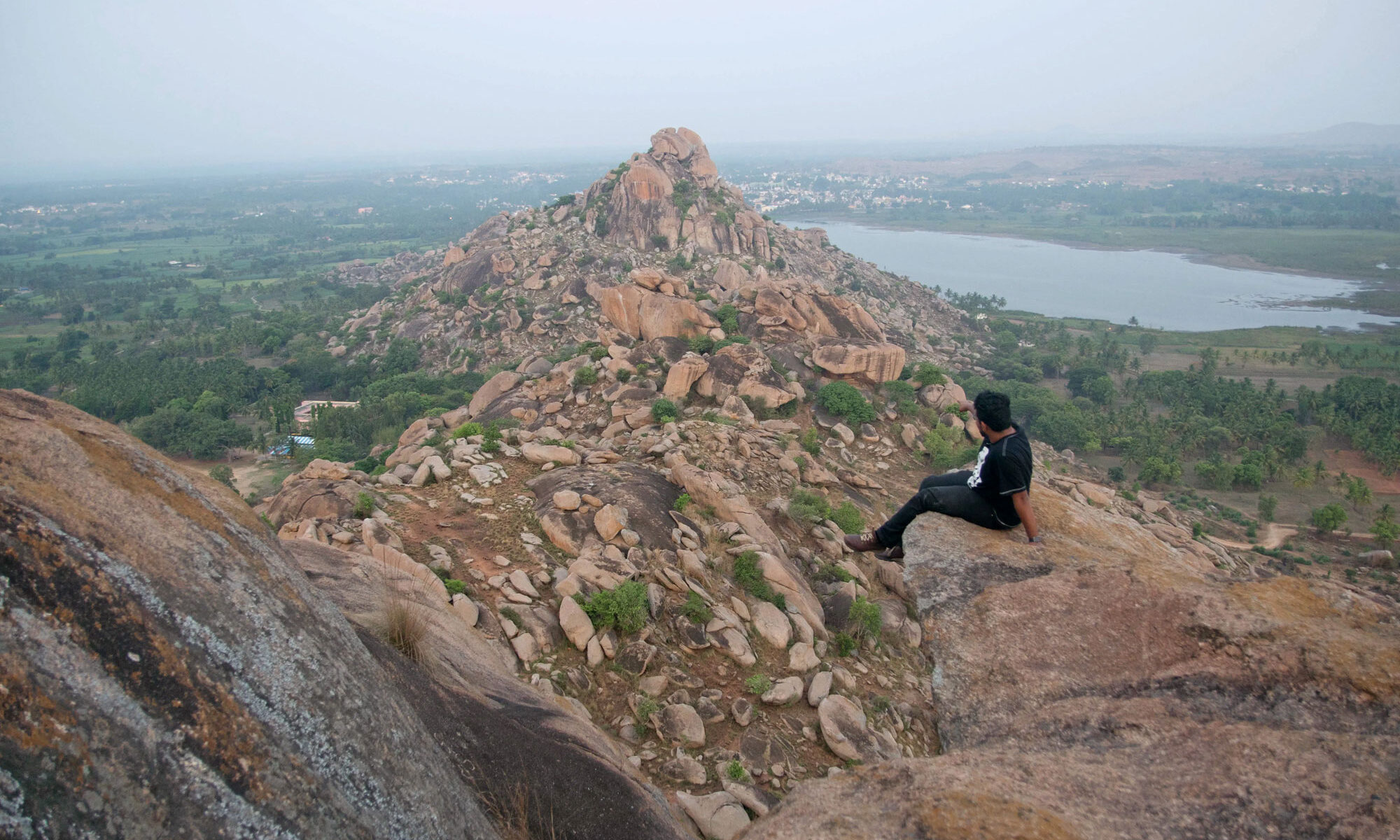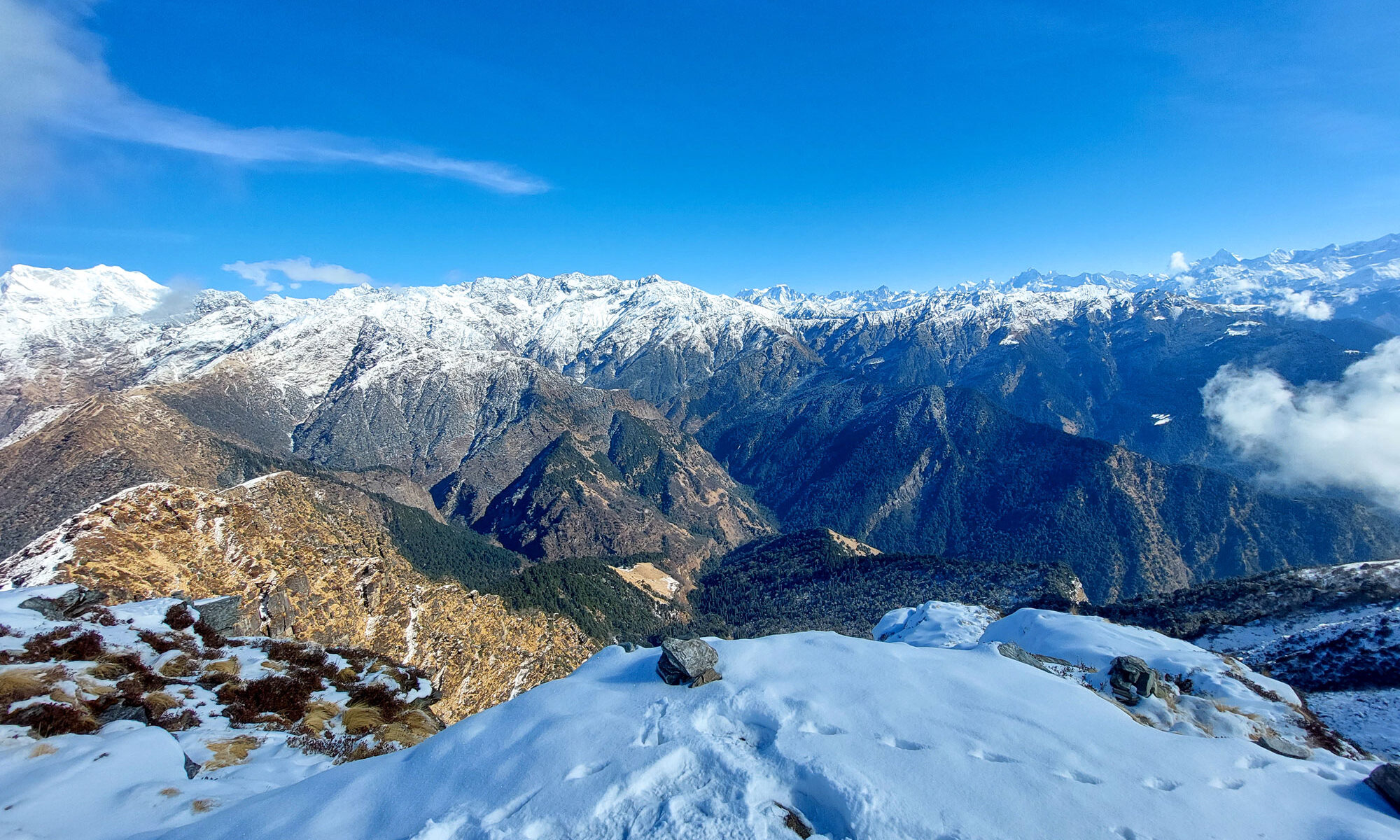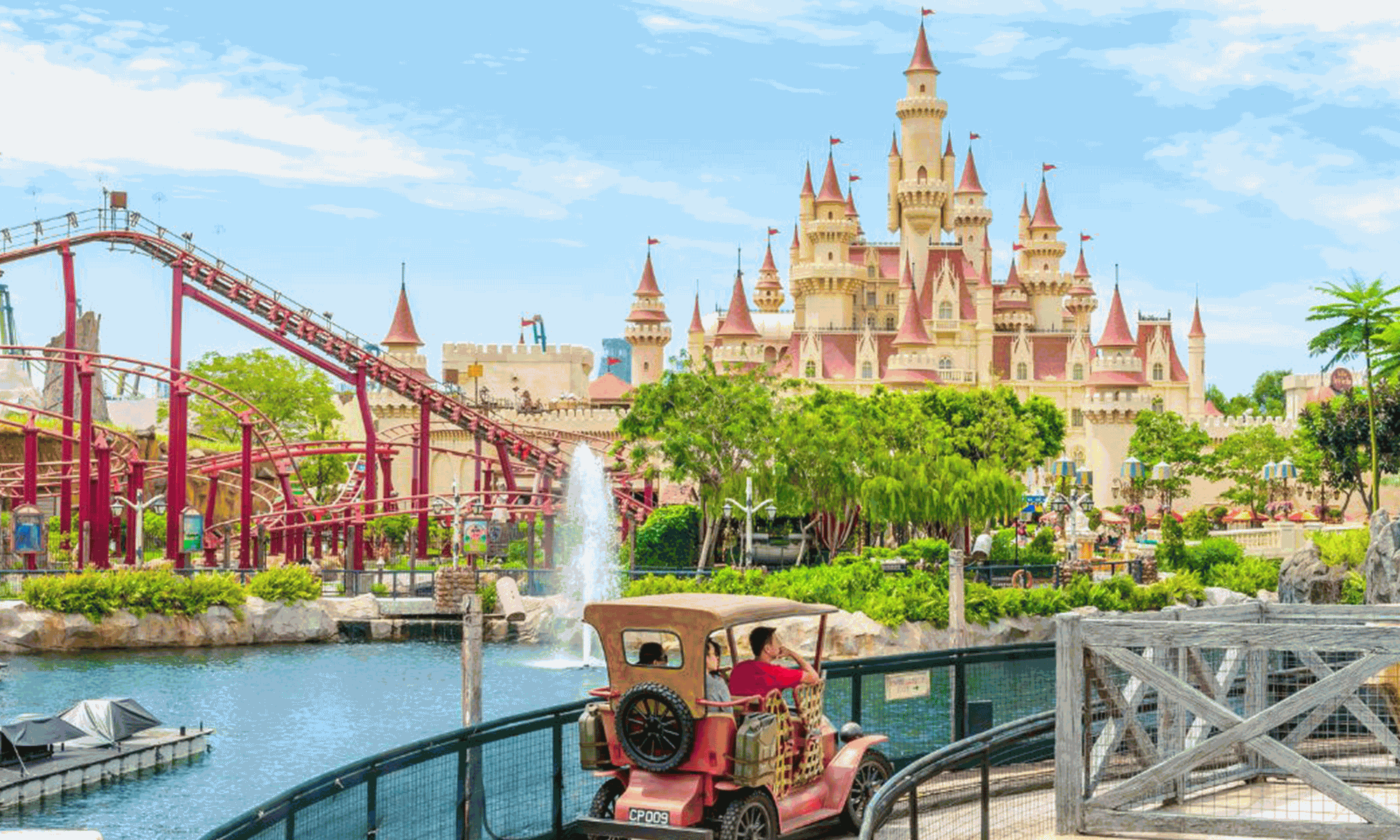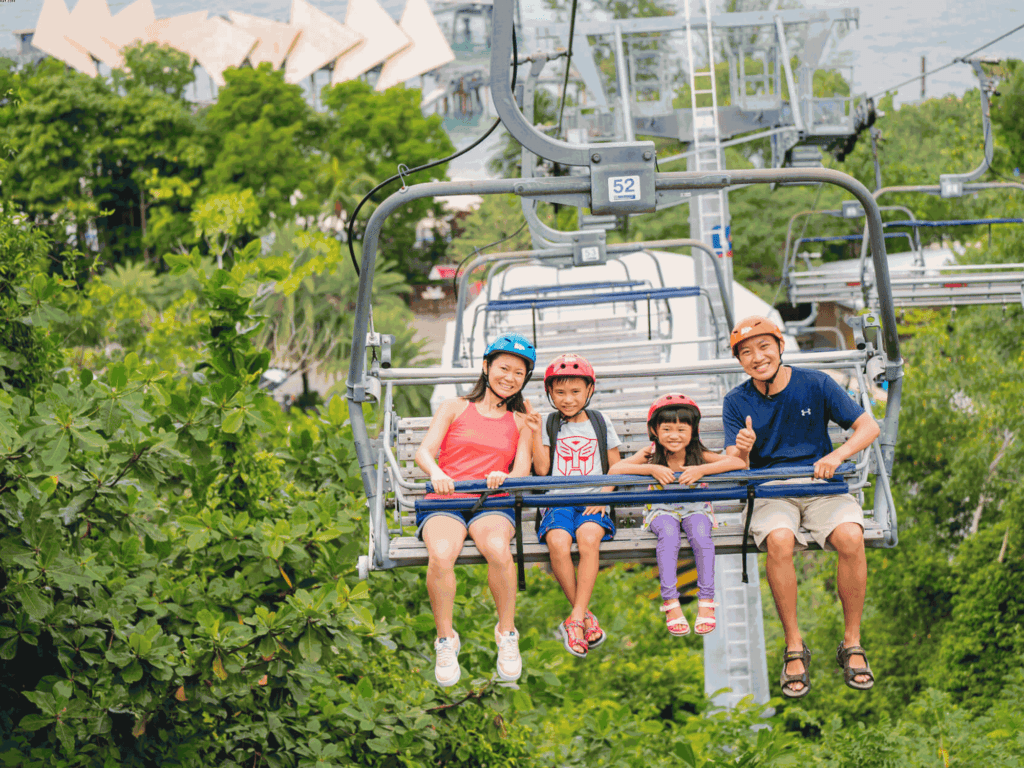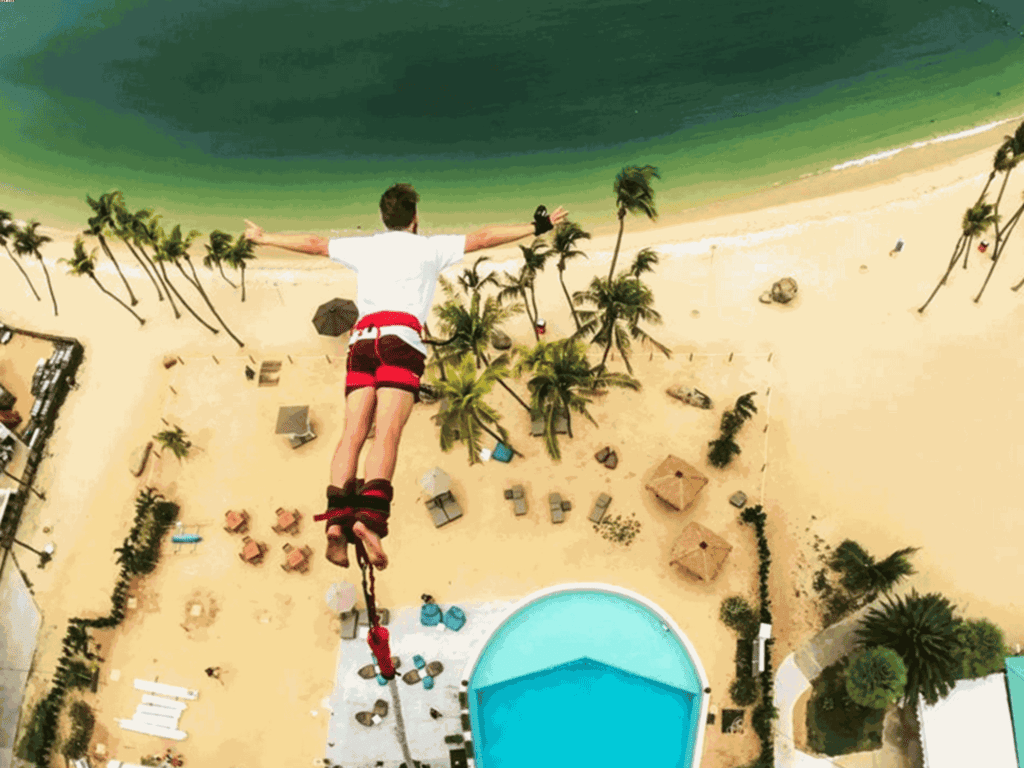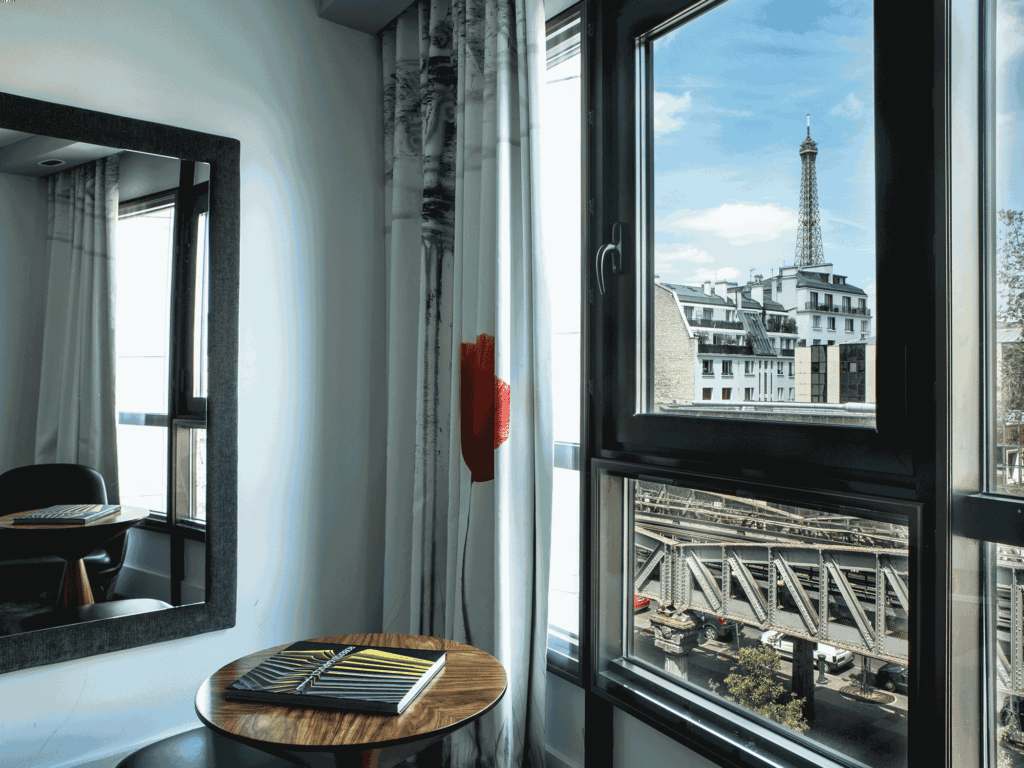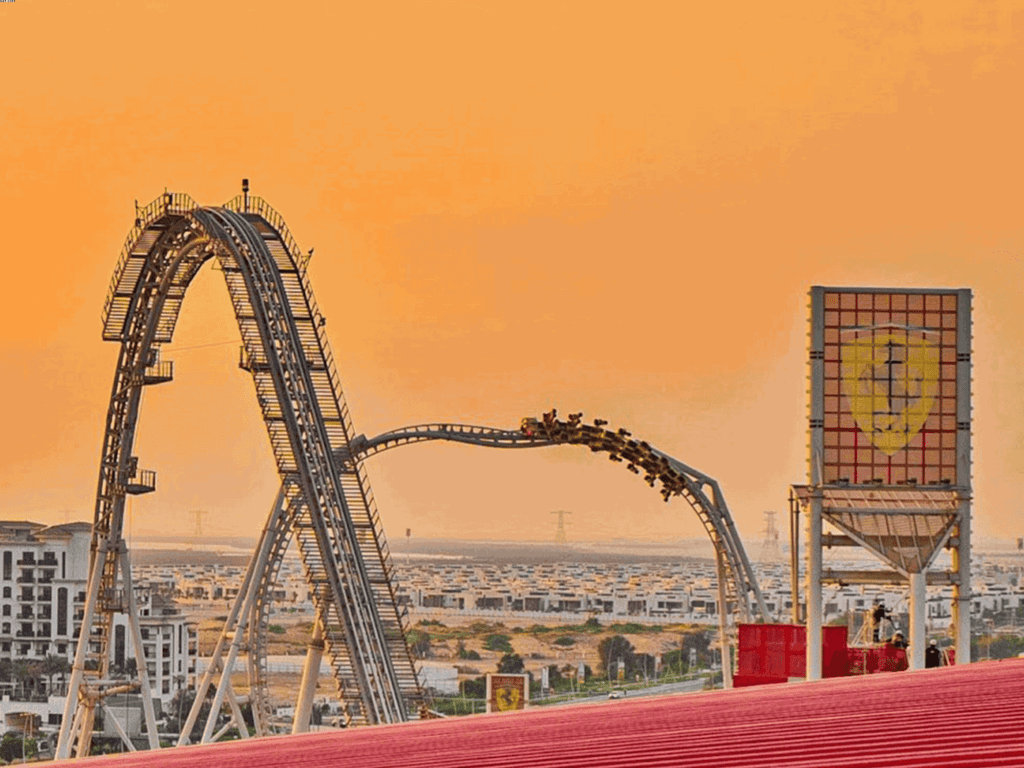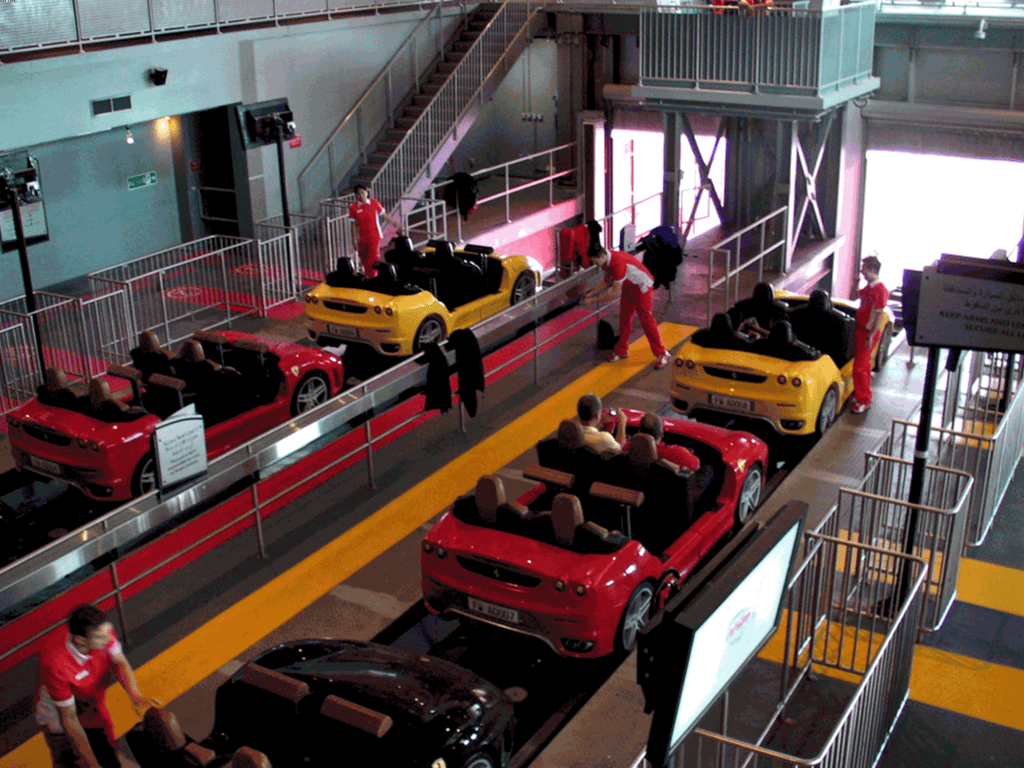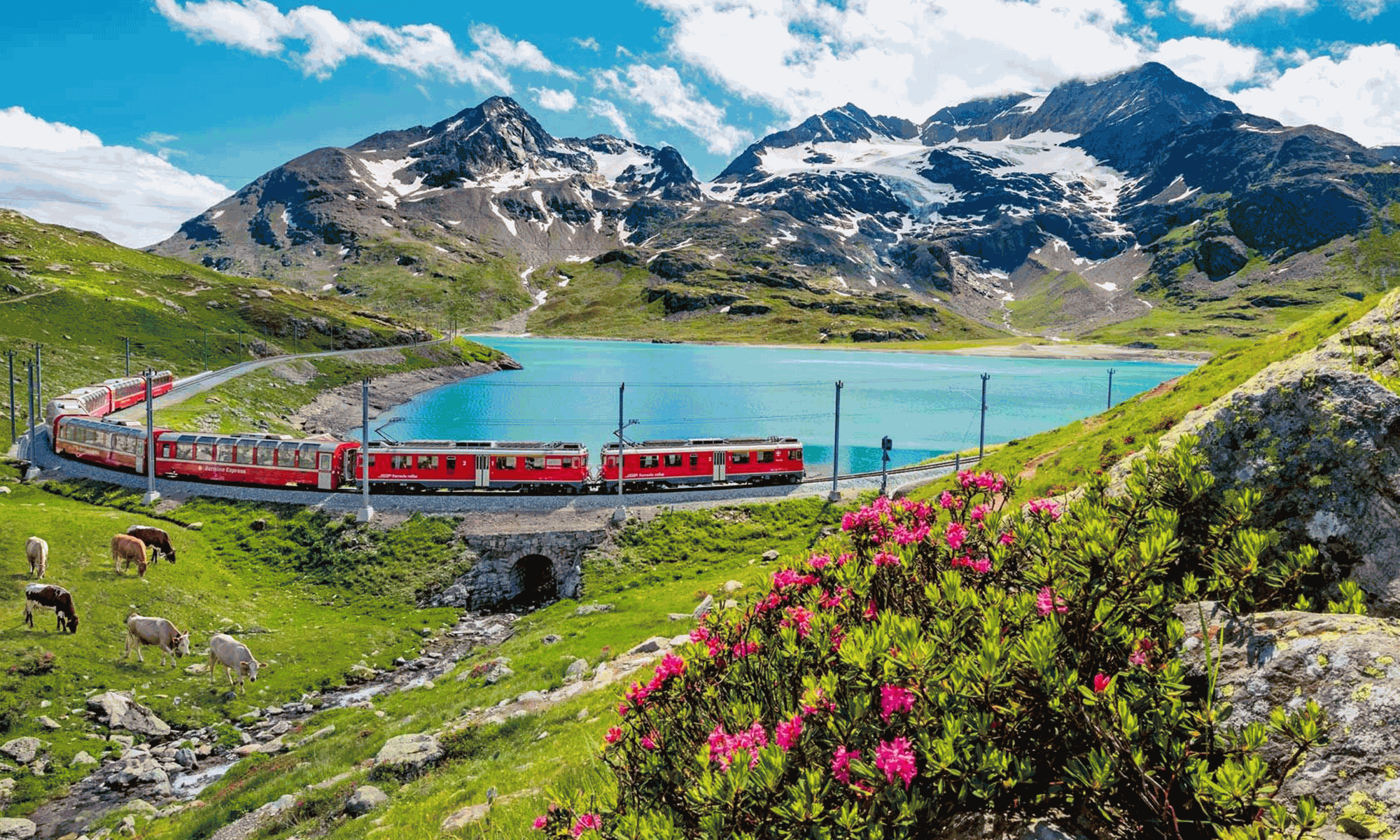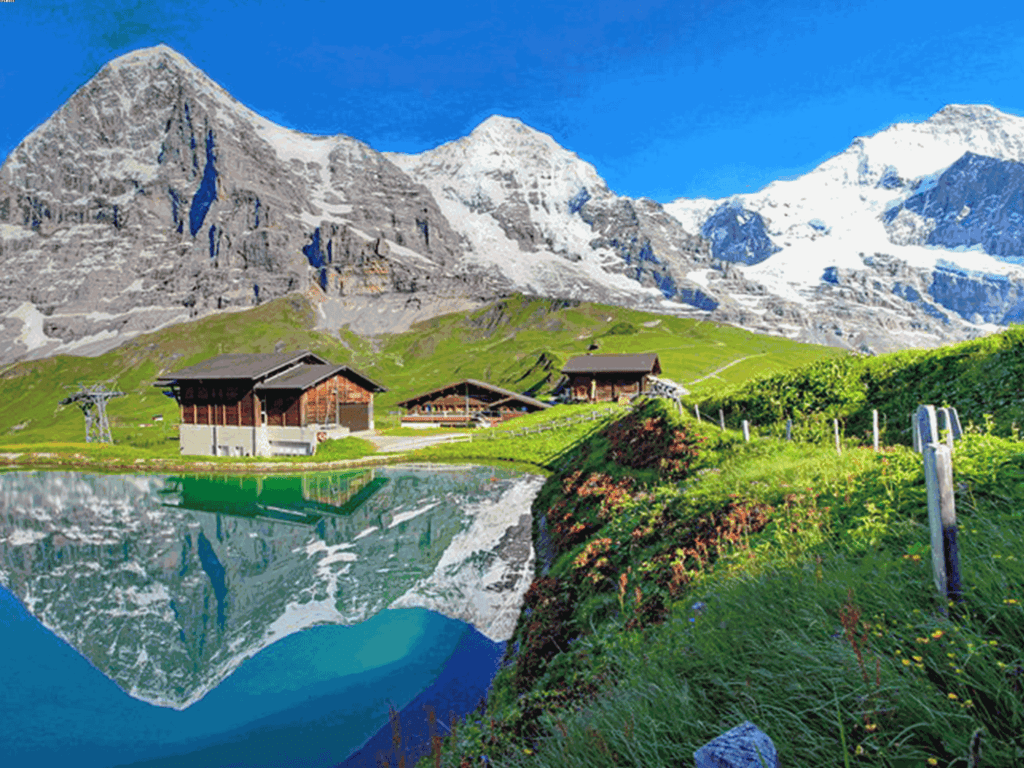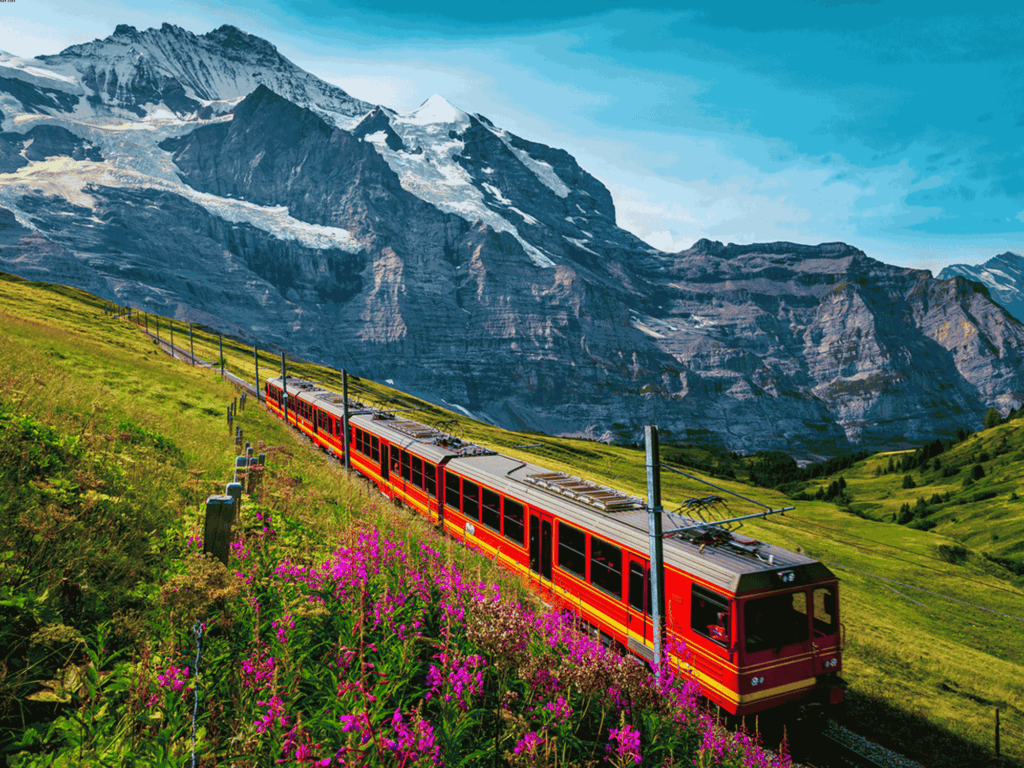Nowadays we wish to travel abroad as much as possible and that’s great because the world is full of wonders. But in recent times, India has attracted tourists more than most of the countries around the globe. Well, there is a well-defined reason for it. If you look at other countries, each of them has something particular but India is not only diverse in languages, and religions but also the environmental diversity is significant here. With mighty mountains in northern India and larger-than-life seas in different parts of the country, India allows experiencing every type of activity. Every state has a rich history with its remains in the form of palaces, monuments, temples, mosques etc standing taller and higher. They give an experience of a lifetime. In this article, everything is mentioned about the 5 destinations in India that secure the top ranks and you can choose any of them to start your ‘BHARAT BHRAMAN’.
Kashmir
Books are written, poems are illustrated, and songs are sung to define the beauty of Kashmir. It deserves every bit of it. When we hear the word ‘Kashmir’, it automatically resonates with the word beauty. It is indeed beautiful. The colourful landscapes, dense forests, and rivers are just so dreamy. It has places that offer serenity. Taking slow walks in the Mughal Garden and Tulip flower garden is quite peaceful. Boat rides in Dal Lake are a must. There are several lakes in Kashmir like Nigeen Lake where residing in a houseboat is a whole experience. As far as adventurous activities are concerned, hiking is a common one. Treks like the Tarsar Marsar trek starting from the stunning Aru valley and the Kashmir Great Lakes trek are some of the oldest and most chosen ones. River rafting in Lidder and Sindh River are some top attractions. To explore this heaven we strongly suggest you check Kashmir tour packages for an immersive experience.
Ladakh
Away from the hectic city life, a vacation in Leh Ladakh provides you the much-needed calm. Whether it is a Leh Ladakh bike trip from Delhi or a Chadar trek in freezing winters, you get the best of everything in Ladakh. For an adrenaline junky, Ladakh is the ultimate choice. Paragliding, river rafting, and mountain climbing are adventurous and challenging but rewarding too. Ladakh is famous for monasteries like Thiksey Monastery, Alchi Monastery and others. Places like Diskit Gompa, Hall of Fame, and Dras War Memorial are historically important and convert the journey into a learning experience. Away from pollution and waste, you will breathe freshness here. These Leh Ladakh tour packages helped me explore this beautiful place.
Munnar
Known as “ Kashmir of South India”, Munnar in Kerala is a hill station famous as a honeymoon destination. Situated at 1600m above sea level, it derives its name because of its location at the convergence of three rivers- Muthirapuzha, Nallathanni and Kundali. It has numerous streams, magnificent ever-flowing waterfalls, greenish tea plantations and much more. Neelakurinji flowers which bloom after every 12 years are a sight to behold in Munnar. Every month offers a unique experience in Munnar but the winter season from October to February is considered the best time to plan your trip. It is suitable for various outdoor activities and the weather is cool too making it the perfect time.
Goa
Everyone dreams to stroll along the beautiful beaches of Goa and do fun underwater activities. Goa is the smallest state of India but lakhs of people visit Goa from around the globe every year. You can just relax in the sun. The cuisine is delicious here in Goa too. It offers the best seafood and different types of drinks. Famous for water-based activities, you can do water surfing, water rafting, canoeing, scuba diving, jet skiing etc. Goa has the best beaches, suitable for every adventurous activity you can think of. They are fun and safe to do. The views are just picturesque and you make lifetime memories in Goa.
Manali
Located in the Kullu district of Himachal Pradesh, Manali is a small town famous as a tourist destination all over India. It is present in high altitudes hence winters are very chilly and freezing but are suitable for skiing while summer has pleasant weather. Lying in the foothills of the Himalayas, it is perfect for paragliding in the plains, and trekking. Hidimba Devi temple and Manikaran Sahib are some of the top attractions of Manali. Known for sky-touching deodar trees, you should visit Van Vihar in Manali. To experience the real Manali and its heritage, spend an evening in the Mall Road where various types of shops are lined up. You can have local cuisines here, do shopping and much more.




